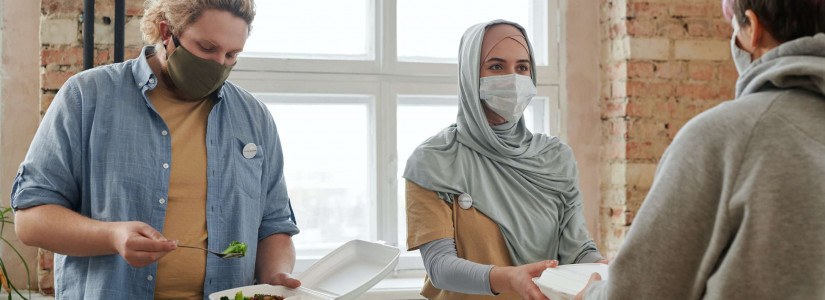About to Get Your Second COVID-19 Shot? How to Manage the Side Effects
Every day, thousands of Americans are receiving their second shot of the coveted COVID-19 vaccine. For most people, the second shot is what triggers the more severe side effects. While some people report a bit of fatigue and soreness at the site of injection after the first dose, the second dose is more likely to make you feel ill.Â
Here is what you need to know about your second dose and how to manage the potential side effects that may accompany this dose.
Why a Greater Reaction?
Many people are wondering why the second dose has the potential of causing greater side effects than the initial dose. This is largely because the body launches a stronger immune response because the first dose activated a number of immune cells ready to launch into action. While some wonder if too many side effects are a bad sign, it is actually a good sign that the body is developing a strong immune response to the virus.
Second Dose Side Effects Noted in Studies
You are not imaging it if you notice stronger side effects after the second dose when compared to the first shot. As of mid-February, only the Pfizer and Moderna vaccines have been approved for use in the US. Both of those companies reported a stronger incidence of reported side effects after the second dose when releasing the results of their clinical trials.
Common Side Effects and How to Treat Them
There are a number of side effects that you may experience within hours of receiving the second dose. Here are some of the most common side effects and how to treat them.
Soreness at Site of Injection - The most commonly reported side effect is soreness at the site of injection. You can treat this by applying a clean and wet washcloth to the soreness. A warm compress may also deliver relief. Being intentional about moving your arm will also help to speed the recovery.
Muscle Aches - In addition to the localized soreness, you may also feel muscle aches throughout the body. If you experience all-over body aches, try drinking a lot of water to stay hydrated as well as plenty of rest. Soaking in a bath with Epsom salt can also help to soothe achy muscles.
Fever and Headaches - Do not be alarmed if you spike a fever or develop an intense headache in the hours following the shot. As with any fever, a fever-reducer will help to control the body temperature and keep you comfortable. This will also help with relieving any headache that may come as a result of the vaccine.
What is Not a Side Effect
In addition to understanding the different possible side effects, it is also important to know what is not an expected side effect. A cough and shortness of breath are not side effects of the vaccine. Chest pain is also something that should not be brushed off as a normal side effect. Some of the symptoms of COVID-19 and the vaccine side effects are the same, including muscle aches, fatigue, a fever, and headaches. However, if you are experiencing difficulties breathing or chest pain after your vaccine, there is a better chance that you actually have the virus than it being a general side effect.
Planning for a Fast Recovery
The good news is that most people are back on their feet within 48 hours of receiving the shot. It is recommended to plan some downtime after your vaccine appointment. The day after the shot is not when you want to plan a hike through the woods or any other type of strenuous activity. If your job allows you to work from home, you would be wise to take advantage of this the day after the shot so that you can adequately rest, if needed.
If you are not feeling better after 48 hours following the shot, you should contact your healthcare provider for a follow up.
It is also important to note that the lack of side effects does not mean that the vaccine is not working as intended. Every individual will respond to the vaccine differently, regardless of how it is affecting your immune system.

















